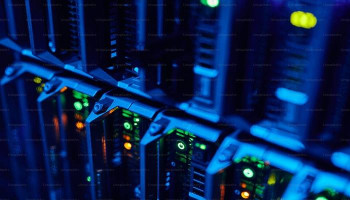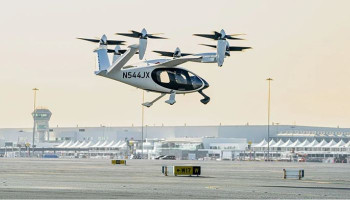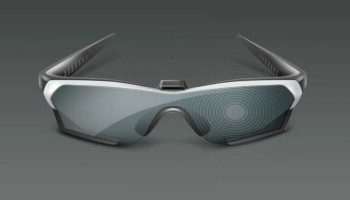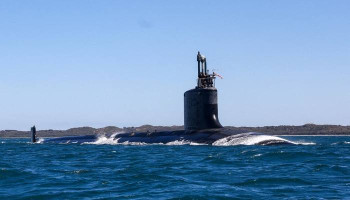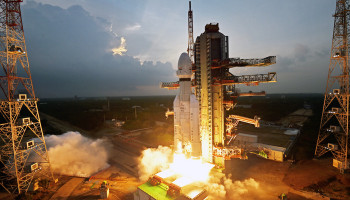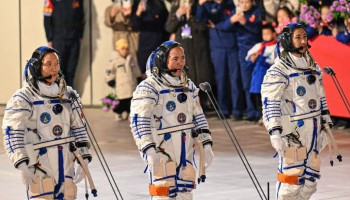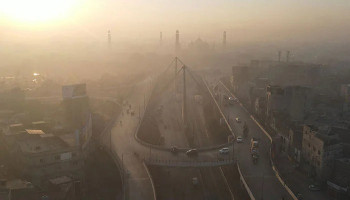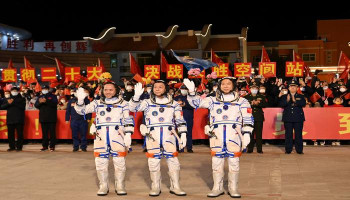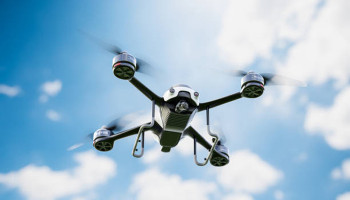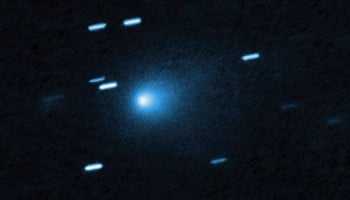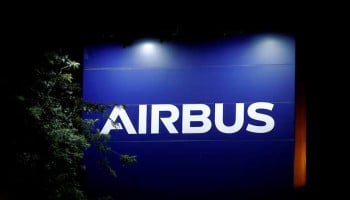
Following two prior attempts, Boeing has finally successfully launched its Skyliner on a manned mission to the International Space Station (ISS).
The capsule took off from Cape Canaveral carrying two passengers, NASA Astronauts, Barry “Butch” Wilmore and Sunita “Suni” Williams. The two are now racing against time to dock at the ISS in the next 25 hours.
On Saturday, the launch was abruptly halted four minutes prior due to an issue with the flight computers. Launch provider ULA swiftly replaced the power supply and the capsule readied for Wednesday’s launch.
This followed a launch attempt last month, which was cut short due to a misbehaving valve on the Atlas V rocket’s upper-stage centaur.
The repair uncovered another: a helium leak, the gas used for the capsule’s propulsion system. However, following a review, NASA affirmed confidence in the mission
Following the Space Shuttle's retirement in 2011, NASA had been scouting for a Ferry provider to and from its stations, SpaceX and Boeing came up to the task.
While SpaceX has fulfilled nine missions already, Boeing has seriously lagged. An unmanned starliner failed to reach the ISS due to faulty computer code and though a 2022 re-run was considered a success, it preceded the revelation of more faults.
Boeing was also made aware of the flammability of the tape it used to hold together its capsule’s internal wiring. Wilmore and Williams will test key in-flight systems such as life support and communication along with manual control systems.
The crew will spend a week in the ISS, returning under a canopy of parachutes, towards Southwestern US.
Teams at NASA and Boeing will analyse the data to ascertain the operationality of the capsule as the space explorer straps to distribute its ferrying routes between SpaceX and Boeing, every six months.





